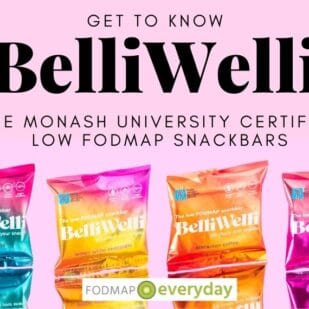Monash University and FODMAP Friendly are the two entities that are lab testing individual ingredients and commercially prepared products, including supplements, for FODMAP content and publishing the results publicly. This article delves into the process that Monash University uses and explains what the information means. We also explain how lab tests can produce different results, at different times – even when they are conducted by the same institution.
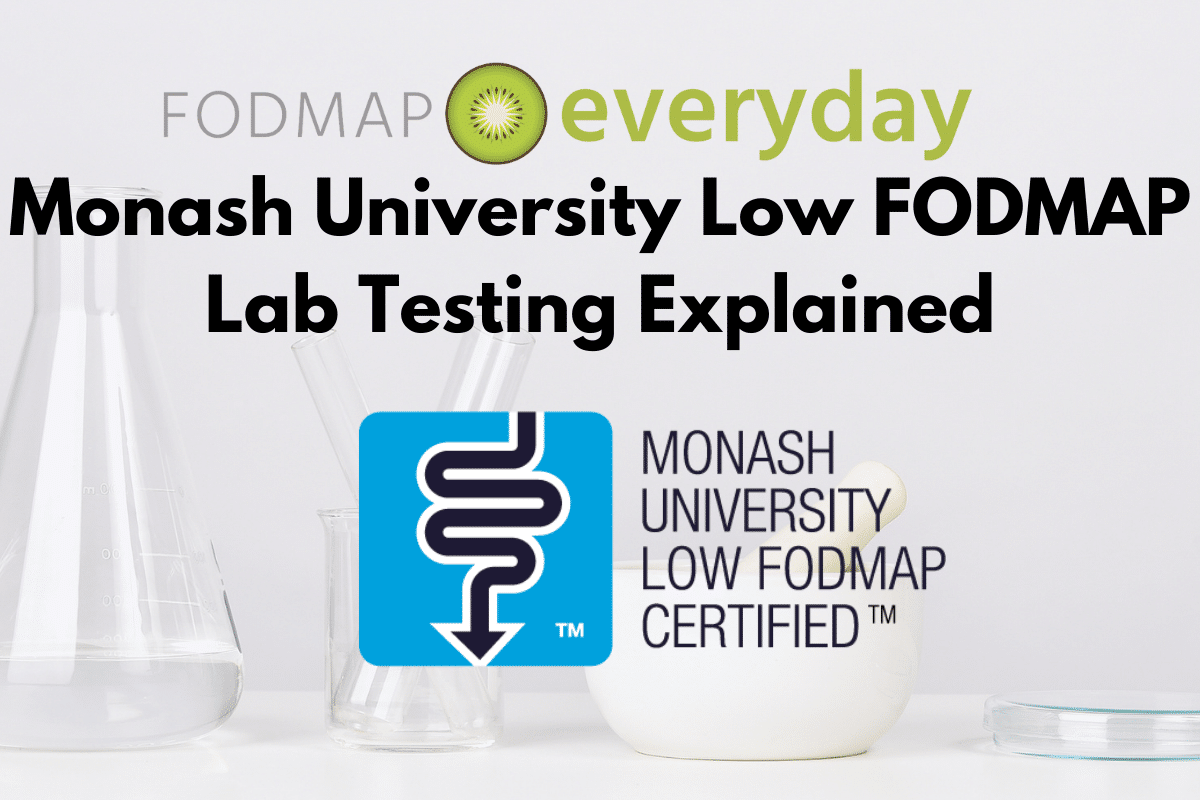
For companion pieces, please read our article, FODMAP Friendly Lab Testing Explained and also How To Use The Monash University Smartphone App.
Reputable Resource
EVERYONE following the low FODMAP diet should have both the FODMAP Friendly and Monash University apps. Period. No excuses. The Monash University app does have a small, one-time fee, but it might be the best money you spend to have the most reliable, current, up-to-date information on FODMAPs at your fingertips from researchers who developed the diet. All the money goes back into research.
Monash University uses an in-house lab at their university in Australia, as well as one in the U.S. Both provide trustworthy results.
Certified Raw Materials & Prepared Foods
This article is focusing on the lab testing of generic raw (and cooked) products, such as fruits, vegetables, grains, peanut butter, etc. but Monash University also lab tests and certifies commercially produced products such as simmer sauces, cereals, cookies, snack bars, supplements and more. If you see the icon below on a food product, it has been lab tested and certified low FODMAP by Monash University.
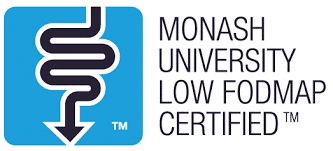
FODMAPs Are Determined In The Lab
FODMAPs are carbohydrates, but not all carbohydrates are FODMAPs. FODMAPs are responsible for a wide variety of IBS symptoms and are present in fruits, vegetables, grains, flours, pasta, beverages, baking ingredients, dairy, alt dairy products, condiments, cookies, snacks, crackers (and more!), and even dietary supplements, and we cannot know their FODMAP content without lab testing.
Proteins Contain No FODMAPs
Pure proteins like beef, lamb, pork, chicken, turkey, fish, shellfish and eggs, as examples, do not contain FODMAPs and do not need to be lab tested.
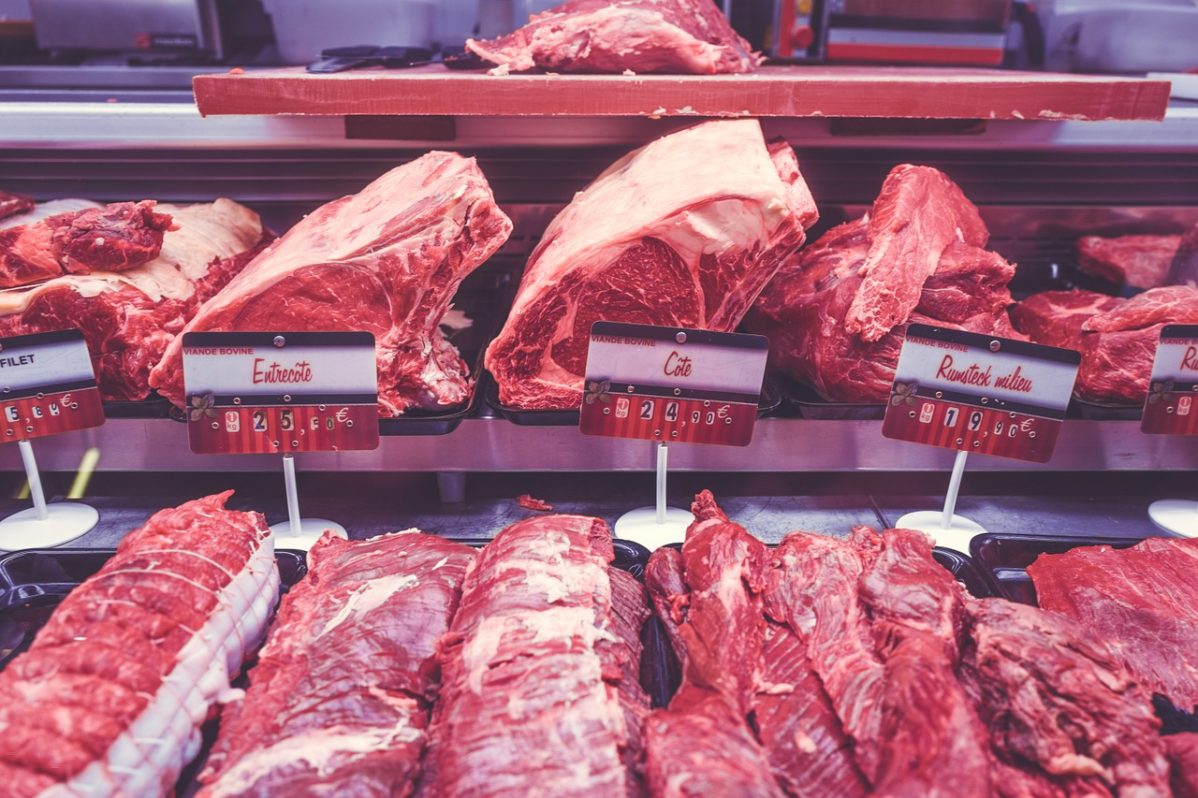
Fats Contain No FODMAPs
Pure fats such as oils – no matter the source, like coconut, olive, vegetable, canola, sesame, peanut, almond, walnut, rice bran etc. – contain no FODMAPs and therefore do not have to be lab tested in order to know that they contain no FODMAPs.
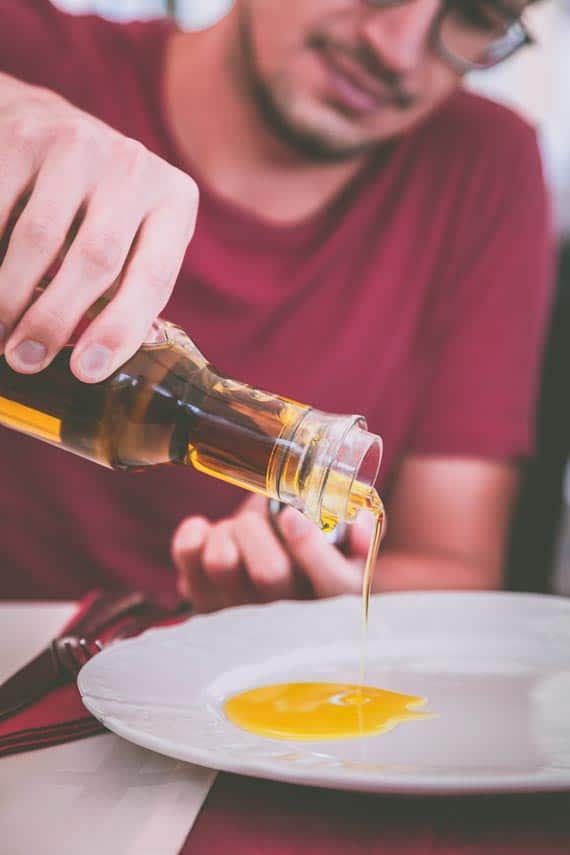
Carbohydrates Must Be Lab Tested
Foods that contain carbohydrates, however, need to be lab tested in order for us to learn what kind, or multiple kinds, of FODMAPs they contain, and also how much in terms of quantity. Later in the article we have a chart for you that shows the cut-off values of the individual FODMAPs that Monash uses to determine what is “low” FODMAP.
How, What & Why: Lab Testing For FODMAPs
Let’s first look at HOW items are lab tested by Monash University, and then we will look at WHAT is being tested, and finally WHY results might differ, from one test to another.
How Monash University Lab Tests
We know that Monash does not just take one or two samples. Also, note that their labs test for FODMAPs according to Food Standards Australia New Zealand (FSANZ) guidelines.
You can read their description about their lab testing procedures here and you can view a video here.
Monash University’s Approach
Monash University and FODMAP Friendly have different lab testing approaches. We explain FODMAP Friendly’s approach in a separate article.
For fruits and vegetables, Monash University states that they obtain samples from 10 different local stores. A 500 g edible portion is chosen at random, and then the samples are pooled, or brought together. For grains and cereal products they gather 3 to 4 different brands (or if it is the same brand, they buy 3 to 4 different batches) and then create a 250 g to 500 g portions, again pooling the samples.
For items such as mayonnaise or a generic prepared product we have been told they obtain 3 samples, pooling the samples.
The samples are processed in a food processor (if applicable) and 100 g of the homogenized sample is stored at -4°F(-20°C), readying it for freeze-drying (more below).
Cooked vs. Raw
If an item is typically eaten raw, such as an orange, then it is tested raw. If it is usually peeled, like a banana, it is peeled and the peeled portion is what is tested. If it is usually eaten cooked, like rice, it is tested cooked. Legumes are all cooked.
According to Jane Muir, Associate Professor and Head of Translational Nutrition Science in the Department of Gastroenterology Central Clinical School at Monash University, if an item is cooked, it is cooked “following the instructions on the packet”. We see this as an issue and because we all know that one package’s directions is not the same as another, so this approach is not standardized. We have several packages of quinoa in our pantry right now that have various directions.
Another issue to be mindful of, according to Jane Muir, is that “cooking will affect the FODMAP levels of foods in a way that introduces a variable” and also that “high temperature will break down fructans, but will produce fructose”. She goes on to recommend that to be as aligned with the app information as possible that if we are going to cook something, that we “cook it in a very standard protocol”. Again, this leaves way too many options that affect FODMAP content. Rice could be cooked in various ratios of water; legumes could be soaked overnight, only for a few hours, one hour, or not at all, etc.

Most of the time the app will show you a picture of the raw product, as it does for rice, but the language indicates “cooked”, so make sure to read the entire entry. (You can also click on the rice image to view it larger, clearly seeing that it is raw. We discuss the nuances of using the app in depth in our article, How To Use The Monash University Smartphone App.
Freeze-Drying Plays A Role
Items are freeze-dried before extraction and analysis. The freeze-drying laboratory equipment can freeze items down to -166°F (110°C). We were told in correspondence that everything was freeze-dried, but then in a video presentation made by Monash they stated that only moist items are freeze-dried.
We asked Monash University researchers if this meant, by default, that freeze-drying does not affect FODMAPs? We did not get a yes or no answer, which was somewhat disconcerting to us.
Here is how Jane Muir explains Monash University’s freeze-drying process:
“Freeze-drying is a very standard test for this type of analysis (and used worldwide) – it is key that the water is removed and the sample concentrated before the extraction step and analysis. Freeze-drying is actually a very gentle way of removing water (as hot air drying can disrupt the carbohydrates of interest).”
The Process Explained
Once the items are freeze-dried, they are finely milled and mixed, to create uniform consistency. So, the grapes procured from 10 sources and freeze-dried would be combined and finely milled to create the sample to be tested. This means that tests are not conducted on just one batch of grapes from one grower or source. But they are all gathered at the same time, which greatly minimizes variety choices, to point out just one issue.
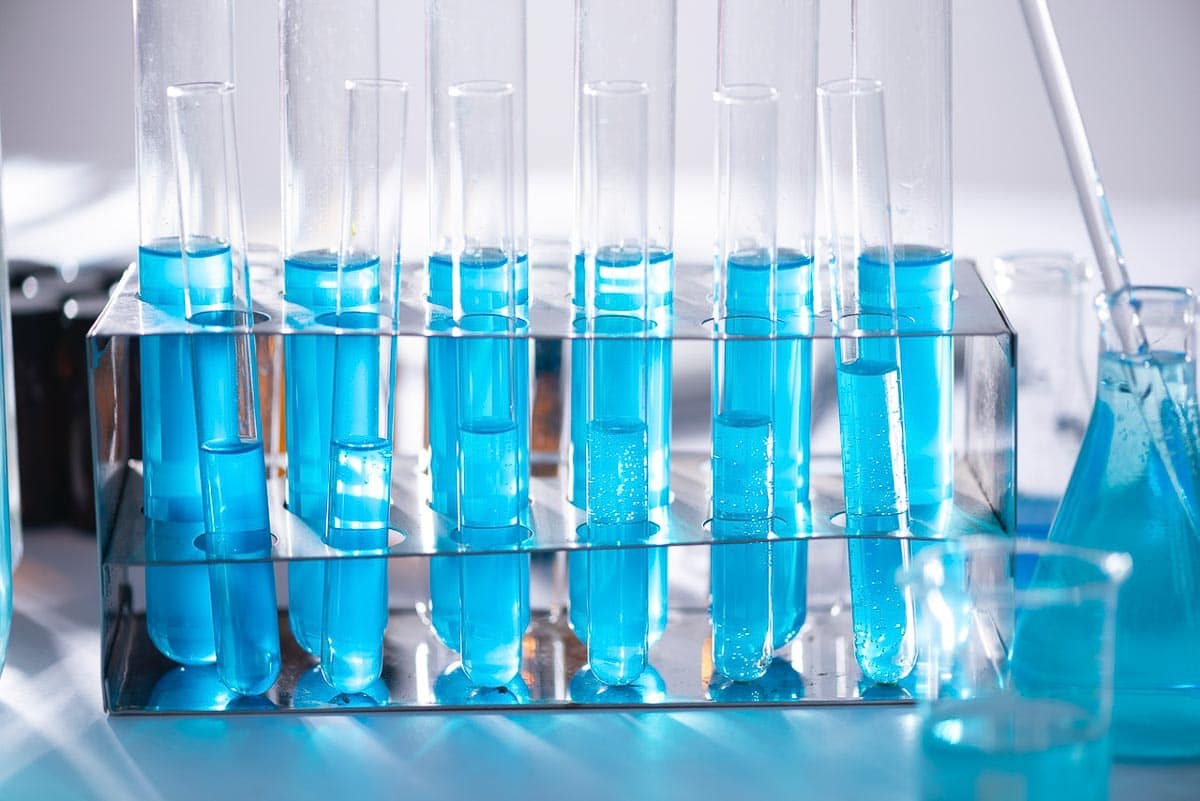
Next, one of two processes is carried out: either liquid chromatography or an enzymatic assay (for total fructans) is performed to extract the FODMAPs. Then, dietitians review the findings, determine serving sizes (see below) and provide guidance in regard to Low, Moderate and High FODMAP levels to be recorded. It is quite a complex process that Monash University says takes 2 to 4 weeks to complete.
Australian Healthy Eating Guidelines
General serving sizes presented in the Monash University app are in part determined by governmental guidelines. Low FODMAP serving sizes are determined by threshholds that have been clinically determined to not trigger IBS symptoms in most people. The graphic below shows you what Monash University uses as low FODMAP cut-off values, per serving, for the individual FODMAPs.
The serving sizes you see in the smartphone app are a combination of government guidelines and low FODMAP thresholds.
This is very important to understand because most people think the app is only presenting FODMAP information. A good example would be white sugar. The Monash University app used to state that 1 tablespoon was low FODMAP; then about 4 years ago they increased the amount to ¼ cup (50 g); we have more details in this in our article, Explore An Ingredient: Sugar.
No Moderate or High FODMAP amounts are given for sugar, because there are none. White sugar contains no FODMAPs; the fructose is never in excess of glucose. But as the governmental guidelines would never tell anyone they could eat 1 cup (200 g) or unlimited amounts, that information is not in the app. We think this is misleading; we wish the app stuck to FODMAP information.
FODMAP Thresholds
The chart below shows the FODMAP amounts per gram, per serving that Monash University has determined to be low FODMAP in most people.
Let’s use the first oligosaccharide entry as an example. If a serving of nuts contains <.15 grams of oligosaccharides, then we would know we could eat twice the stated serving size. That would bring us to <.30, which is the threshold. Staying within the threshold means the food is unlikely to trigger IBS symptoms. If we ate three times the amount, we would be over the threshold.
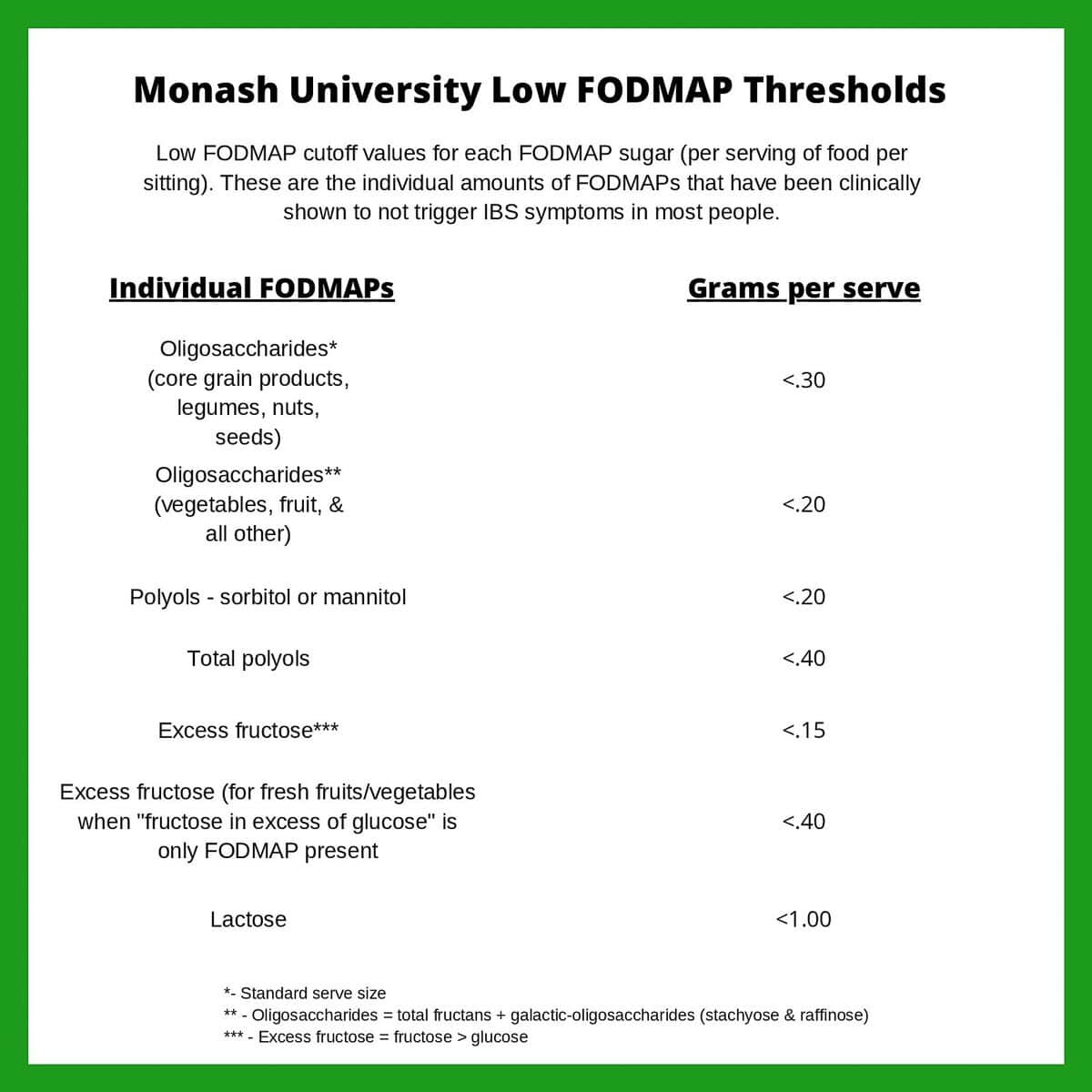
While the information in this chart is public information, it is not widely known, but it is important. The FODMAP Friendly app, by the way, provides the percentages of FODMAPs for us to see quite easily.
The one FODMAP in the list that is easy to figure out is lactose. You can see in the graphic that if lactose is 1 gram or less per serving, then it is low FODMAP. Sugars are listed on nutritional panels on prepared foods, so in that case – like with cheeses – you can view the label and if the serving size has 1 gram or less of “Sugars” then the serving size of that food is low FODMAP and appropriate even for the Elimination Phase.
Summer 2024 Update
July 2024 Monash announced that they were updating the thresholds of fructose for vegetables on the app. This was not because of anything that was determined in the lab. Instead, it was their opinion that “vegetables are commonly combined in meals, whether they be raw in a salad or cooked together in a vegetable bake, stir fry and so on. Therefore, to allow for this combination, and easier avoidance of potential FODMAP stacking, the vegetables within the app have been reviewed against these (new) cut-offs.” As they put it, in private communication, “the fructose cut-off is based on the FODMAP research, but the change is based on the clinical reasoning of the team.”
What about when we eat vegetables on their own? And how can there still be an assumption that fruit is always eaten alone, as opposed to within a fruit salad, or baked, or cooked with? Our wish is that the app would present FODMAP information, and not overlay assumptions about how we eat, or overlay Australian healthy eating guidelines, which they do as well.
What Monash University Lab Tests
The low FODMAP diet is evolving. More and more foods are being tested, both on their own and within prepared products, and this is great news for the FODMAPer who wants to know what is considered “low FODMAP”. The Monash University app has more raw ingredients at this time, while FODMAP Friendly has more prepared items. We think the apps are complementary. Also, what raw ingredients you might not find in one app, you might in the other.
If there is a food you would like to see lab tested, reach out to Monash University and ask! Writing them through Facebook or Instagram often gets a response.
In addition, some foods previously reported upon have been re-tested and different results are now published. What does this mean?
Why Lab Results Vary

We are now going to get into the discussion of WHY results might differ from one Monash University lab test to another (and this also applies to differences between Monash University and FODMAP Friendly).
In Monash University researcher’s words: “Unsurprisingly, we have found that the FODMAP content of foods (especially fresh produce) can vary significantly…”
“Unsurprisingly, we have found that the FODMAP content of foods (especially fresh produce) can vary significantly…”
Monash University researchers
We think the above quote might be the most important piece of information to come directly from Monash University in regard to test results of fruits and vegetables that can show different results from test to test. In other words, we should not be surprised when lab tests show us different results from one test batch to the next. It is to be expected.
Lab results can vary due to lab test procedures, lab tech training and also equipment (sensitivity calibration, etc.), but we are going to focus on the food aspects here.
Variety, Geography, Ripeness, Storage & More
How can a foodstuff be tested at one point in time showing particular results, and then show different results upon subsequent testing?
We have been pointing the following issues out all along and are thrilled that Monash University is adopting similar language and discussions.
To put it simply, a grape is not a grape is not a grape.
We are using grapes as an example, since Monash University re-tested grapes in late 2021 and their FODMAP status was shown to be different from initial testing. They were tested again in 2024, and the FODMAP levels changed again. Grapes on the Monash app began as containing no FODMAPs, and subsequent tests showed high FODMAP content. Because the app only allows one entry per food, prior lab test results disappear and only current tests are shown. This is unfortunate, because those new to the app will not realize that grapes are capable of containing no FODMAPs.
According to Robert Schueller of Melissa’s Produce, and other grape industry experts, grapes can be divided into wine grapes and table grapes. Table grapes are the grapes that we eat and are what are available at the supermarket; we assume that those are the type that Monash University lab tested, however, there are hundreds of different types of table grapes available globally.
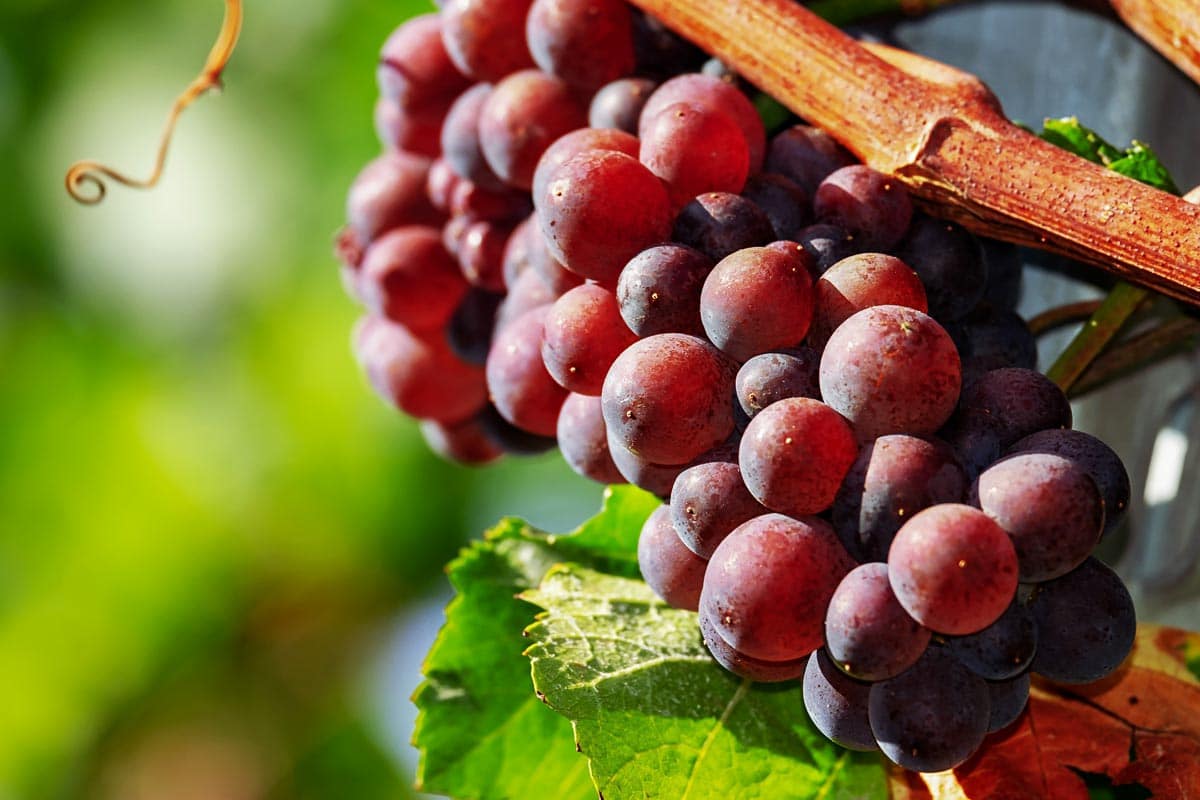
In the US alone you might come across any of the following red grapes, and please note their seasonality:
- Flame Seedless: May through October
- Scarlet Royal: July through January
- IFG 68-175 Sweet Celebration: July through December
- Shegeene-12 Krissy: July through December
- Shegeene-13 Cerise or also called Timco: July through January
- Shegeene-20 Allison or also called Fall Bliss: August through January
- Sugranineteen Scarlotta Seeddless: September through January
Some ripen in December and January, others in July and August. Some might require more intervention in the terms of fertilizer or pesticides than others. Even with the same grape variety, a field might be harvested at different times and the fruit could be at varying degrees of ripeness.
Also, according to the California Table Grape Commission, once harvested:
“The vine continues the process of photosynthesis, creating carbohydrate reserves to store in the vine’s roots, trunks and cordons until an appropriate level of reserves has been stored. At that point the chlorophyll in the leaves begins to break down and the leaves change color from green to yellow. Following the first frost the leaves begin to fall as the vine starts to enter its winter dormancy period. The stored carbohydrate reserves will be used the following spring to support the initial growth.”
Imagine how that might affect the FODMAPs in the next harvest?
Storage & Handling Affect FODMAPs
After harvesting, how are the grapes handled? What temperatures are they exposed to? How does that retard or increase sugar content? How are they transported and stored in general?
Monash University researchers have pointed out the following, all of which can affect FODMAP content:
- The chemical structure of plants can change to help ensure survival when exposed to stressors in their environment.
- The increase in fructans is one such defense mechanism as it provides plant cells with greater structural integrity
- This makes the plants hardier and resistant to damage from environmental changes, pests and disease.
- New cultivars are developed and made available to farmers (often with increased sugar content)
- Agricultural practices vary from country to country, and even farm to farm
- Cold storage is known to increase fructan and also fructose production
- Consumer preference for sweeter fruits may explain newer varieties with higher fructose content
More research is needed to better understand how food storage conditions may affect the FODMAP content of fresh foods.
Always remember that any lab test result is simply a line in the sand for you to use to begin to explore your relationship with FODMAPs, which is unique.
Always remember that any lab test result is simply a line in the sand for you to use to begin to explore your relationship with FODMAPs, which is unique.
What Kind(s) Of Grapes Did Monash University Test?
In December 2021 Monash university released their new information on grapes (as well as strawberries and subsequently on red bell peppers and tomatoes, among other foods). They retested both red and green grapes and the findings were different from what was previously published in their app, as described above in this article.
We reached out to Monash University researchers twice and asked what type of red grapes they tested initially, what types of red grapes they subsequently tested (were they the same), if they tested grapes in both Australia and the U.S. (most likely different varieties would be available), and whether they had any additional information on storage, handling etc. that might affect FODMAP content from the initial tests to the recent tests.
By the way, FODMAP Friendly has lab tested Red Globe grapes and has stated such in their app.
Monash has not answer our repeated queries. While that is unfortunate, the main point is not to worry; it is not a matter of one test result being wrong or right. The lab results are a guidepost, period. Which is the perfect segue to the next section…

What Lab Test Results Mean To You
What the lab tests give us is a baseline. At one point in time Monash University got results “X” with grapes, and result “Y” in subsequent tests. Neither is “wrong” and neither is more “correct” than the other. You could use either as your baseline to begin your self-assessment.
In Monash University researcher’s own words: “And remember, if you have been eating strawberries and grapes currently and tolerate them, then there is no reason to change this! Remember, your FODMAP diet only needs to be as strict as your symptoms require”.
“… if you have been eating strawberries and grapes currently and tolerate them, then there is no reason to change this! Remember, your FODMAP diet only needs to be as strict as your symptoms require”.
Monash University researchers
Monash researchers have also recently said they are moving away from using “no FODMAP” terminology in the future – but again, remember, this does not mean that that their tests showing “no FODMAP content” were wrong. They were accurate for the foods tested at that time, and many foods currently remain on the app with the “no FODMAP” language.
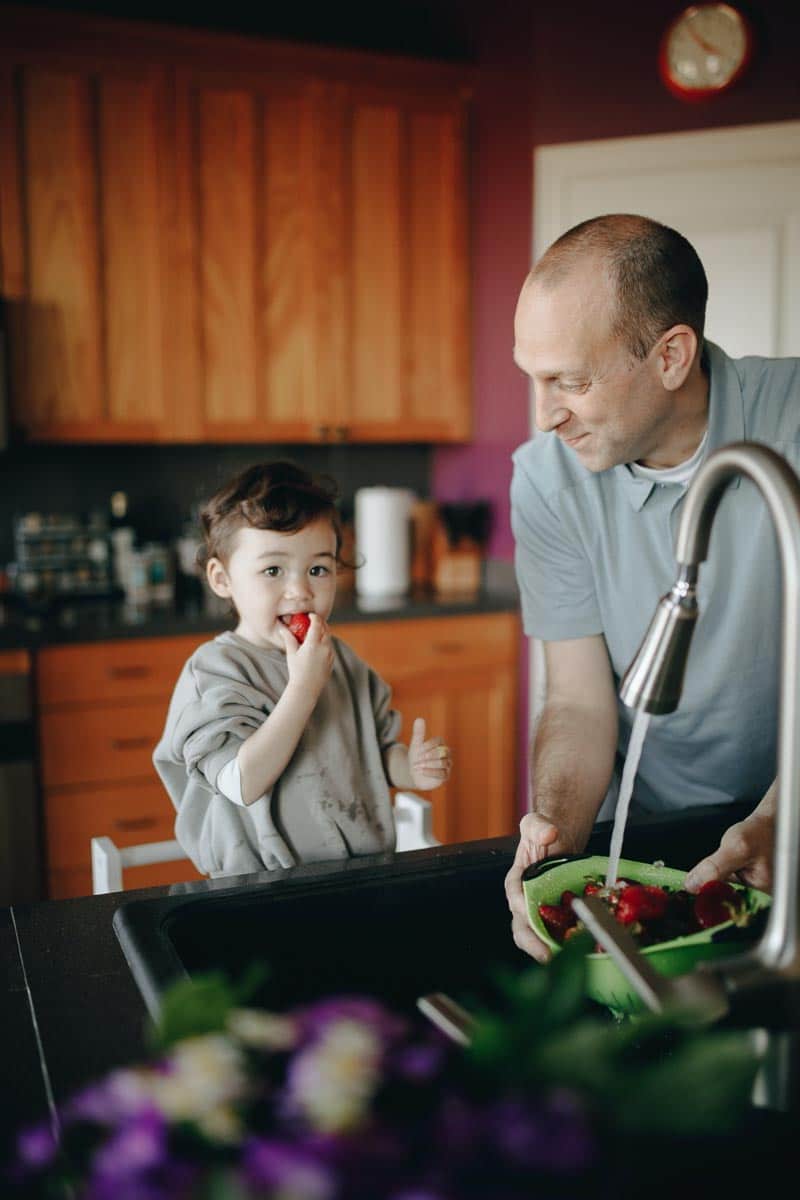
Think of it this way, the grapes you buy at the store will not be the same grapes that Monash University tested – at any point in time! Even if they are the same variety, the many other variables come into play. The lab tests are just a line in the sand.
…the grapes you buy at the store will not be the same grapes that Monash University tested – at any point in time! Even if they are the same variety, the many other variables come into play. The lab tests are just a line in the sand.
How Our Recipes Are Developed
All of our recipes are low FODMAP and based on Monash University and FODMAP Friendly lab test results.
Recipes may or may not represent the current lab test results, but they are low FODMAP and calculated using Monash University and FODMAP Friendly evidence-based science. Remember, how you react to a food is what is important, and that may or may not be the same as what is deemed a low FODMAP serving size by a lab test.
You Are Not A Lab
The real heart of the matter is that you are not a lab. Another way to think about this is that the app results present the lab results. You might not even be able to eat the low FODMAP amount of a food as listed. Or you might end up being able to eat double. And maybe you fine tune it even further and come to realize during your Challenge Phase that you can eat double the amount, but maybe not 2 days in a row. YOUR personal tolerances are what are important.
This is why a structured Elimination and Challenge phase are so essential – so that you can keep track and progress – and this is best undertaken along with a Registered Dietitian.
Also, it is very important to remember that not everyone’s IBS symptoms are triggered by FODMAPs. If you get inconsistent results with the low FODMAP diet, it may very well be that something else is triggering your symptoms, such as true food allergies, other intolerances, histamine issues or a host of other possible reasons. A registered dietitian can help you sort this out.
Here are a few of articles that you might find helpful.
- Food Allergy vs. Food Intolerances
- What Is A Low FODMAP Serving Size?
- High FODMAP Foods With Low FODMAP Serving Sizes
- How To Read A FDA Nutrition Facts Label
- Dietitian & Nutritionist: What’s The Difference?
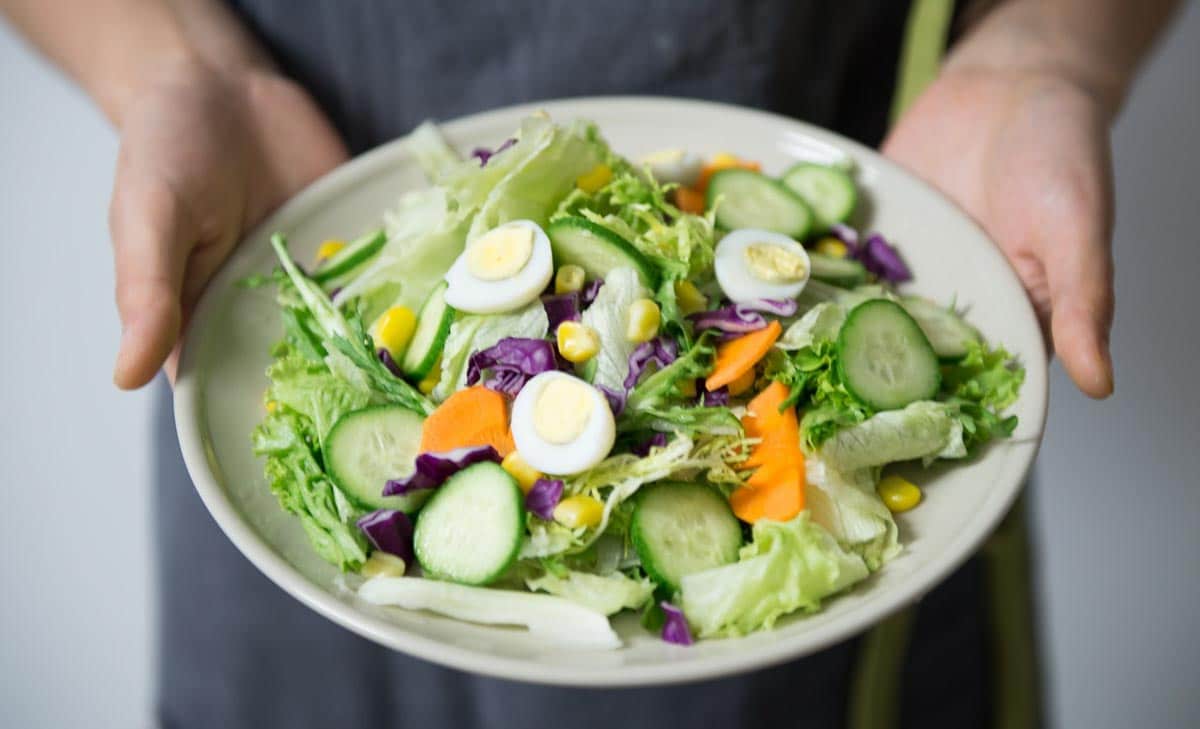
FODMAP Lab Testing Articles At A Glance
Here are all of our other articles that pertain to lab testing for FODMAPs. We suggest that you read them all:
- FODMAP Friendly Lab Testing Explained
- How To Use The Monash University Smartphone App
- How To Use The FODMAP Friendly Smartphone App
- When Monash University & FODMAP Friendly Lab Test Results Differ
The Takeaway
Monash University researchers are the developers of the low FODMAP diet and one of the primary entities lab testing individual ingredients and commercially prepared products, including supplements, for FODMAP content and publishing results on their smartphone app.
EVERYONE following the low FODMAP diet should have their app. No excuses!.
Lab test results published by Monash University are reliable, even when they differ from test to subsequent test for the same food item. According to Monash researcher’s themselves, it is actually to be expected that fresh produce, in particular, will produce different results when tested at different times.
Use lab results as a baseline from where to start during your Elimination Phase.
Just because something is deemed low FODMAP in a lab doesn’t guarantee that it will not trigger IBS symptoms for you. Lab tests are “real” and conclusive, but you are not a lab.
Working through your Elimination and Challenge Phases in a structured way is the best way to learn your own individual relationship with FODMAPs, and doing so with a Registered Dietitian statistically brings you closer to success.
All of our recipes are developed using the most current Monash University and FODMAP Friendly science at the time of initial publication.
If a food is not listed in the apps, it is because it has not been tested. Please do not ask whether an untested food is low FODMAP, because without lab testing no one knows.
Be sure to also read How To Use The Monash University Smartphone App in conjunction with this article.
Now, get out there, use the Monash University app, dive into our recipes and get cooking!

